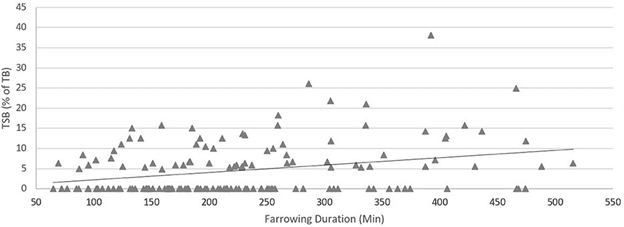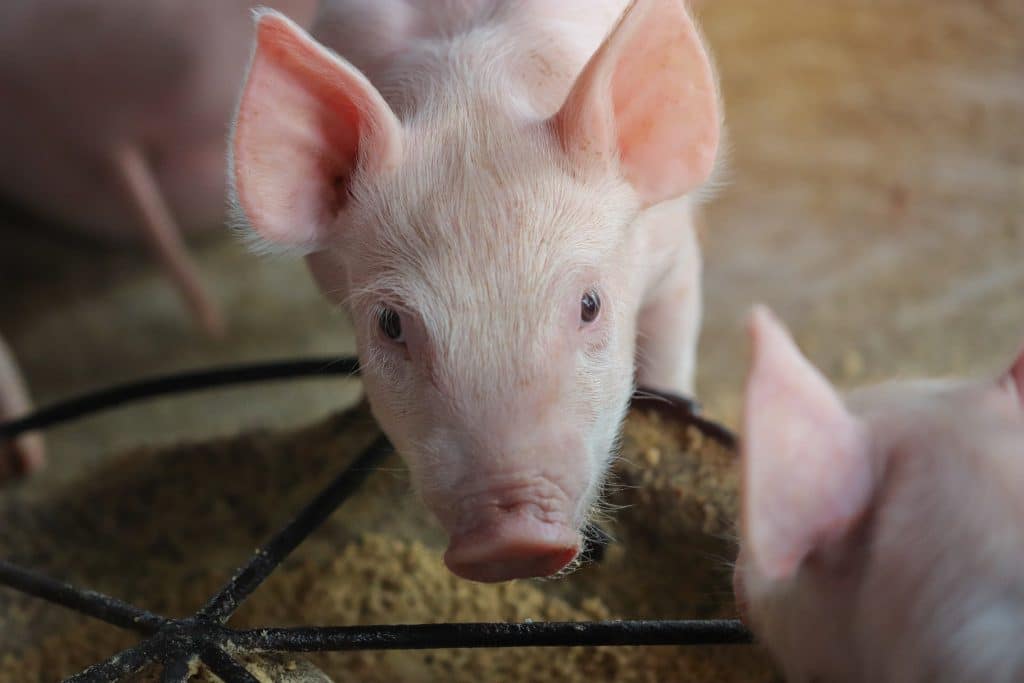It is for good reason that we refer to the farrowing unit as the engine room of a farrow-to-finish farm. It is the unit that requires the most attention, but also where the biggest difference can be made in terms of operating profit. At Meadow Feeds, we pride ourselves on supplying ‘More than just feed’. This article touches on some of the important aspects to consider within sow management during the farrowing process.
Sow transition
In order to achieve a successful farrowing period, the aim needs to be for the sow to transition smoothly from gestation to lactation. It is important to try and avoid any factors that may cause additional stress to the sow during this period. Sows need time to adjust to their new environment after being moved into the farrowing unit; therefore, sows are generally moved five to seven days prior to farrowing. Disruptions to feed and water intake during this period can have detrimental consequences and should be managed on a daily basis.
There are numerous feed management and nutritional concepts that can be effectively utilised in order to assist sows during the transition period. The major goals of transition feeding include meeting the changing nutrient demands of the sow from reproduction to lactation, maximising piglet viability and survival, improving colostrum supply to piglets, and supplying sufficient energy for the farrowing process.
Sow comfort
Sow comfort will have a direct effect on how the sow performs in the farrowing house. It is important to avoid any factors that may cause direct discomfort to the sow, such as uncomfortable temperatures, poor body condition, constipation, pain, and uncomfortable flooring. Keep the room temperature within the thermoneutral comfort zone of the sow. When doing so, the temperature requirements of the piglet should always be considered.
The control of sow body condition is something that begins long before the sows reach farrowing; however, it plays a critical role in sow performance during the lactation period. The potential consequences of over-conditioned sows at farrowing include a poor appetite, longer farrowing duration,
weak piglets, difficulty standing, and increased pain and stress. In an effort to avoid sow constipation, check with your nutritionist that the correct fibre sources and levels are being used according to your feeding programme. Farrowing can be a painful experience. Ensure that treatment and reduction of pain are being done correctly and timeously.
The farrowing process
The farrow process is a very energetic activity, so sows need to eat in order to farrow successfully. Farrowing should not last more than five hours, but in reality, it can vary greatly from one sow to another. Ensuring adequate water and feed intake of a well-balanced diet, consisting of the correct energy sources, fibre inclusions, amino acid levels, and dietary cation–anion balance, will help reduce farrow duration and increase piglet liveability. Figure 1 shows a 1,85% increase in the incidence of total stillborns (TSB) for every 100-minute increase in the farrowing duration.

farrowing duration (source: Bosch et al., 2022).
Colostrum and milk production
The supply of enough, good-quality water is essential for milk production. Sows can be lazy and so finding a way to stimulate water intake is important. An average sow can drink 30 litres of water per day during lactation. The flow rate of nipple drinkers should be routinely checked; the goal is a recommended rate of two litres of water per nipple drinker per minute. Ensuring sows and piglets are comfortable and not stressed will help piglets to suckle shortly after farrowing, promoting good milk production and udder health.
*References are available upon request.




